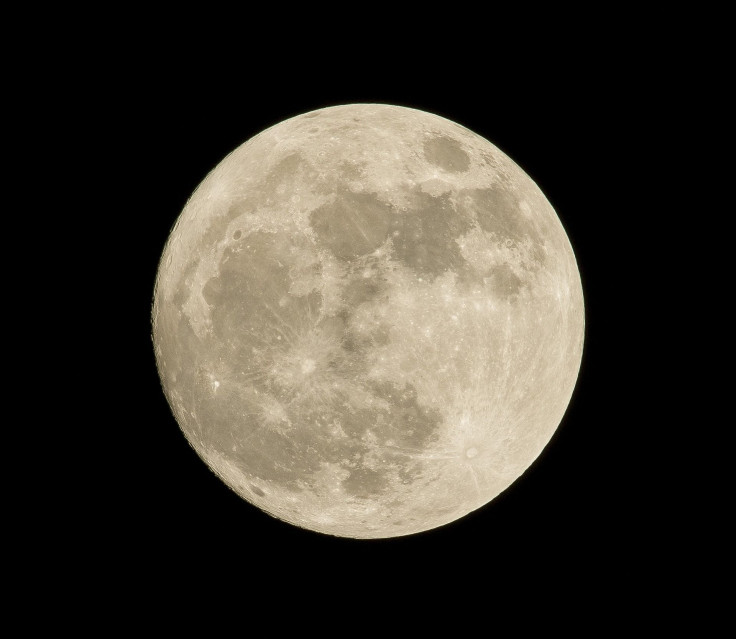European Space Agency: Human Urine Could Make Lunar Concrete For Moon Base
Human urine would be a significant component in the making of lunar concrete, the European Space Agency said Friday (May 8).
The mixture will only utilize materials on-site on the moon to eliminate the need to provide supplies from Earth. Adding human urine makes the mixture more malleable before it hardens into its sturdy final form.
Lunar regolith, a powdery soil on the moon’s surface is the main component in the mixture. Urea reduces the amount of water needed in the mixture as this breaks hydrogen bonds and decreases the viscosity of fluid mixtures, according to ESA.
"Thanks to future lunar inhabitants, the 1.5 liters (3.2 pints) of liquid waste a person generates each day could become a promising by-product for space exploration," ESA said in a statement.
Urea is commonly used as a raw material in various chemical and medical companies as well as an industrial fertilizer on earth.
"The science community is particularly impressed by the high strength of this new recipe compared to other materials, but also attracted by the fact that we could use what's already on the Moon," says Marlies Arnhof, initiator and co-author of the study from ESA's Advanced Concepts Team through SpaceRef.
"The hope is that astronaut urine could be essentially used as it is on a future lunar base, with minor adjustments to the water content," Arnhof said in the ESA statement. "This is very practical, and avoids the need to further complicate the sophisticated water recycling systems in space."
Human urine can transform from a human by-product to a superplasticizer.
This kind of lunar mix was confirmed by various tests to be capable of withstanding harsh space conditions such as vacuum and extreme temperatures. Physical and mechanical properties of construction material are greatly influenced by these two factors-- vacuum and extreme temperatures.
“All samples were subjected to vacuum and freeze-thaw cycles to simulate the sharp temperature changes throughout lunar days and nights, which might vary from -171°C to 114°C. The samples withstood temperatures ranging from 114°C to -80°C as a good indication of how the material would behave under even lower temperatures,” SpaceRef reported.

© Copyright IBTimes 2024. All rights reserved.





















